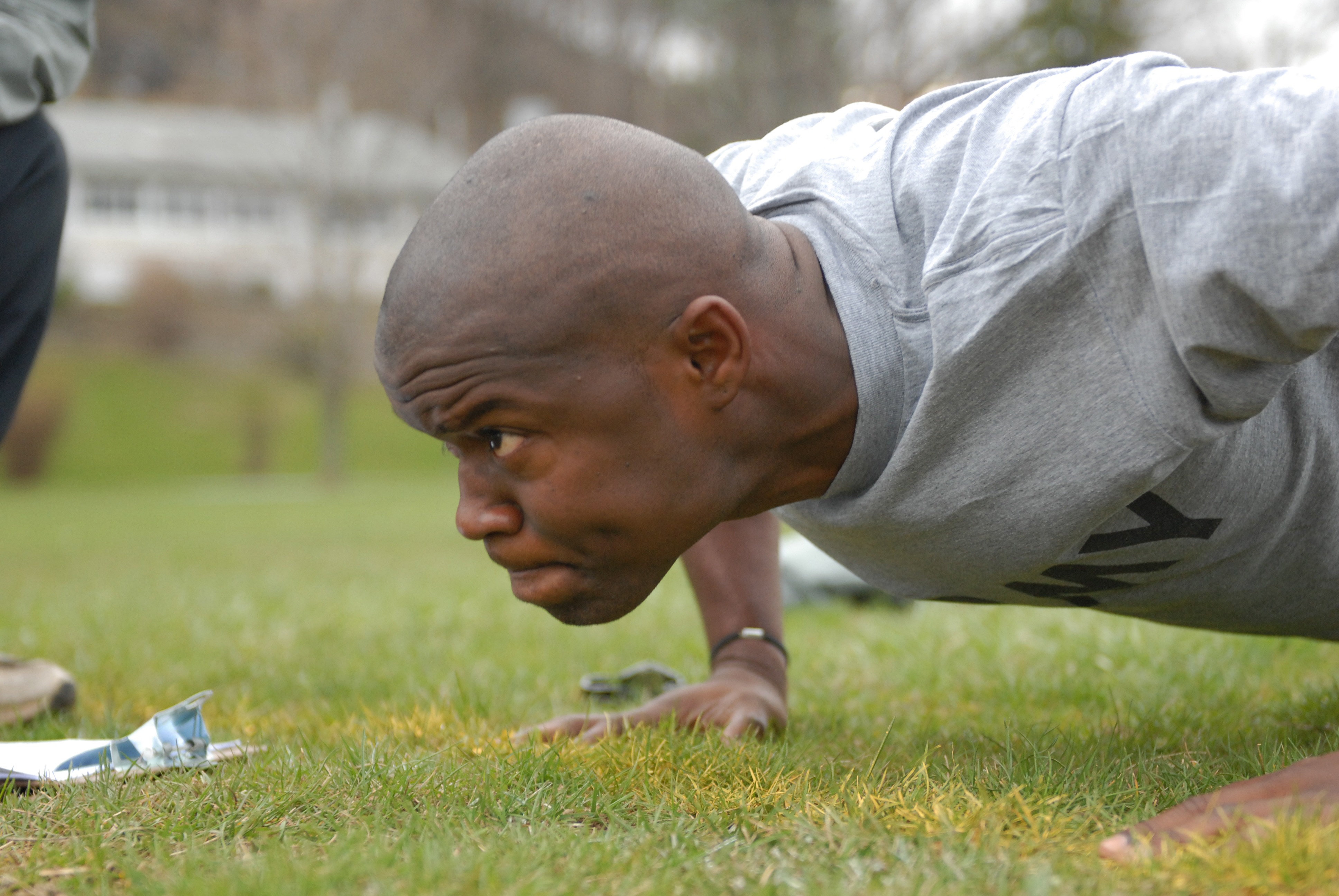Metabolic conditioning has been a big buzz word the last few years in the strength and conditioning field. In general, there are three purposes for metabolic conditioning:
- Getting in shape for the sport: This is what most strength and conditioning coaches are going to think of. In other words, we’re using the training sessions to develop the energy pathways that the athletes will be using in the sport using similar work:rest patterns that the athletes experience in game situations.
- Getting in shape/burning calories: This type of training can be a great way to burn a lot of calories, train most of the muscles of the body, and develop things like hypertrophy, strength, endurance, mobility, etc.
- Recovery: Track and field coaches excel at the ability to use exercise to recover from other exercise. Metabolic conditioning, at a lower intensity, can be used to help athletes recover from a week of intense workouts.
This article is going to focus on using metabolic conditioning for getting in shape for the sport. The idea here is to develop a sport-specific fitness base to allow the athlete to continue performing at a high level throughout the course of a game. With that in mind, there are questions to answer prior to designing this program:
- How sport-specific are our movement patterns going to be?
- What work:rest intervals do we want to use?
- What will our other program variables be?
Sport-specificity:
The movement patterns in a metabolic conditioning session can range from general movement patterns (i.e. using implements like kettlebells and heavy ropes) to somewhat specific (i.e sprints) all the way to small-sided games that might use game situations and the ball. There is a place for everything in an athlete’s training.
The more general movement patterns should be done in the off-season or as a recovery workout for an intense tournament or game. The specificity should increase as we get closer to the season and should be as specific as possible once we’re in-season. With that in mind, table one shows an example of the progression for a collegiate basketball player.
| Time of year | April-August | August-October | October-March |
| Exercise modes | Bodyweigth
Kettlebells Heavy ropes Jump rope Sleds Tires Sprints |
Bodyweight
Jump ropes Sleds Sprints Small-sided games |
Bodyweight
Jump ropes Small-sided games |
Table One: Sample exercise mode progression for a collegiate basketball player
Table one shows an example on how the tools that are used for metabolic conditioning dwindle as the season progresses. In the beginning our athlete is using a lot of tools in these workouts, by the season it’s a lot more sport-specific with the small-sided games and the bodyweight/jump rope included for recovery days.
Work:rest intervals:
This is another area that can range from very general to very specific. This involves deciding whether the metabolic conditioning training sessions are going to have similar work to rest intervals to game situations. If the decision is to make the conditioning sessions similar to game situations, then a great deal of work has to be done and more decisions have to be made.
Basically, either the season or a sample of the season have to be crunched down into numbers to look at the work:rest intervals during games. This can be as simple as the average play lasts x number of seconds with x number of seconds in-between plays, to as complex as movement patterns/speeds in a game. It can be done by offense/defense, or it can be broken down by position. In other words, this can get complex fast.
Greater complexity makes more sense at higher levels of athletics where the athletes are going to predominantly play one position. It does not make sense at middle school and high school where they may play multiple positions.
When using game situations to drive metabolic conditioning work:rest intervals, keep the outliers in mind. In other words, don’t just program for the average play. Also program for the longest plays and the shortest ones.
Table two shows some examples of how complicated this can get for an American football player. For simplicity, we’re using the same numbers for each level of American football (clearly this is a made-up example). For each, the average offensive play lasts five seconds with 20 seconds between plays. There is an average number of 10 offensive plays per quarter. But when we get to the collegiate level, we start to account for the range of the average play (i.e. some plays are longer than others and we need to be ready for that), and the range in the distances covered by the plays. By the time you get to professional, in addition to the above, we’re also interested in how our hypothetical wide receiver is spending his time. As you can see, for this example it’s broken down by jogging, sprinting various distances, changing directions, and being jammed at the line of scrimmage.
| High School | College | Professional | |
| Average play, offense | 5 seconds | 5 seconds | 5 seconds |
| Average time between plays, offense | 20 seconds | 20 seconds | 20 seconds |
| Range of average play | 5-40 seconds | 5-40 seconds | |
| Average number of offensive plays per quarter | 10 | 10 | 10 |
| Average distance per play | 8 yards | 8 yards | |
| Range | 0-60 yards | 0-60 yards | |
| Movement patterns, wide receivers | Jog 10%
Sprint, 1-5 yards 35% Sprint, 5-10 yards 20% Sprint, 11+ yards 20% Turn left 5% Turn right 5% Jammed 5%
|
Table Two: Sample work:rest intervals and complexity based upon level of play, American football example.
All of the above can be taken into account when designing a metabolic conditioning program.
Variables:
Now that we know what tools we’re going to use and how we’re going to approach our work:rest intervals, it’s time to put everything else together. Questions that we need to decide include:
- How many days a week will we perform metabolic conditioning?
- What other training will this align with?
Frequency of training:
This is going to depend heavily on where the athlete is in the season. For example, there is a lot less time during the in-season than during the off-season for this type of training. My thoughts on this are that athletes should be doing metabolic conditioning at least one time per week during the in-season, more if small-sided games can be incorporated into team practices, and at least two to three times per week during the off-season when the athlete’s fitness base is being developed.
Aligning with other training:
I’m a big proponent of aligning training so that we’re training the same qualities on a given day. For example, aligning maximal strength training with all-out plyometrics or short distance sprints. With that in mind, training that is higher volume with less rest (i.e. metabolic conditioning) aligns very well to hypertrophy training. It would be beneficial to perform both on the same day. If hypertrophy training is not being done, then the metabolic conditioning should be done on days when no maximal strength and power training is being performed because they are developing very different qualities. Table three shows an example of aligning training.
| Day One | Day Two | Day Three | |
| Weight room focus | Maximal strength | Power | Hypertrophy |
| Speed/agility/conditioning focus | Acceleration | Maximal velocity | Metabolic conditioning |
| Plyometric focus | Vertical, all-out | Horizontal, all-out | Bounds, hurdle hops |
Table Three: Sample to show how to align different modes of training.



